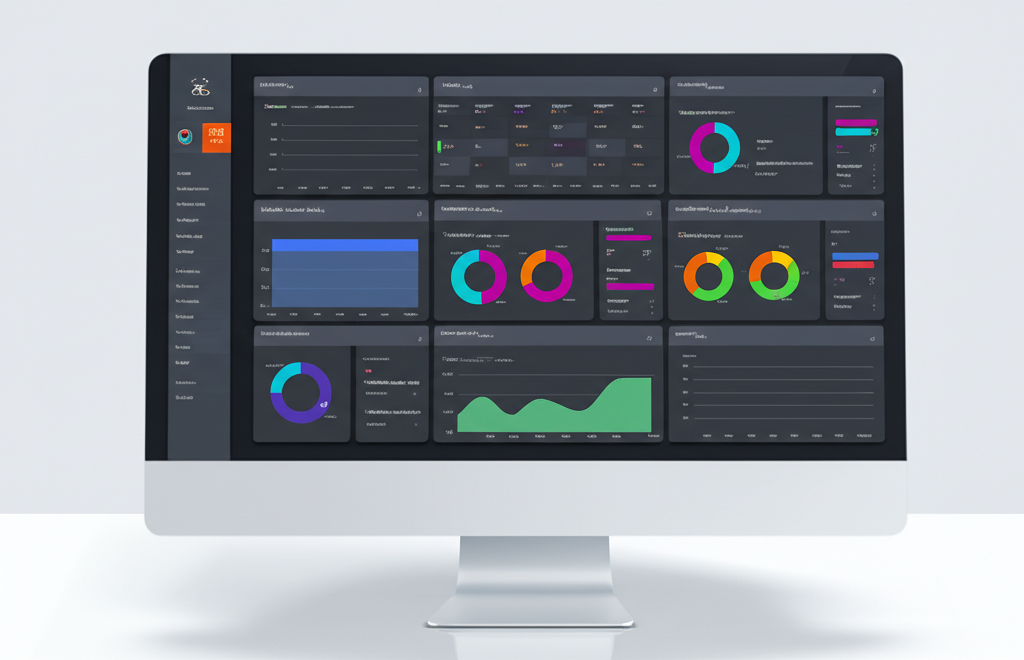Project Management for Growing Teams: Tools That Scale With Your Business
Learn how to choose project management tools that grow with your team, improve collaboration, and deliver better results as your business scales.

Why Scalable Project Management Matters
As your business grows, the complexity of managing projects increases exponentially. What worked for a team of 5 might completely break down with 15 people. The key is choosing project management tools that can scale with your growth, adapting to new workflows, team structures, and business requirements.
Many growing companies make the mistake of sticking with basic tools too long or jumping to enterprise solutions too early. The sweet spot lies in finding platforms that offer flexibility, scalability, and ease of use without overwhelming your team or budget.
"The best project management tool is the one your team actually uses. Scalability means nothing if adoption fails."
Choosing the Right Tools for Growth
When evaluating project management tools for a growing team, consider these critical factors:
1. User Scalability
Look for tools that offer flexible pricing tiers and can accommodate team growth without forcing expensive upgrades. The best platforms offer per-user pricing with volume discounts and free guest access for external stakeholders.
2. Feature Flexibility
Your project management needs will evolve. Choose tools that support multiple project methodologies (Agile, Waterfall, Kanban) and can adapt to different team structures and workflows.
- Customizable workflows: Adapt to your unique processes
- Multiple project views: Kanban, Gantt, calendar, and list views
- Custom fields: Track information specific to your business
- Automation rules: Reduce manual work as complexity increases
Essential Features for Growing Teams
As teams grow, certain features become critical for maintaining productivity and collaboration:
Advanced Collaboration Tools
- Real-time commenting: Contextual discussions on tasks and projects
- File sharing and version control: Centralized document management
- @mentions and notifications: Keep everyone in the loop
- Team workspaces: Organize projects by department or client
Reporting and Analytics
Growing teams need visibility into performance, bottlenecks, and resource allocation. Look for tools that provide:
- Project progress dashboards
- Team workload balancing
- Time tracking and budget monitoring
- Custom reporting capabilities
Pro Tip: Start with core features and gradually introduce advanced capabilities. Tool adoption is more important than feature completeness.
Implementation Strategy
Successfully implementing project management tools requires a structured approach that considers team dynamics, existing workflows, and change management.
Phase 1: Foundation (Weeks 1-2)
- Set up basic project structures and templates
- Import existing projects and tasks
- Configure user roles and permissions
- Establish naming conventions and standards
Phase 2: Team Onboarding (Weeks 3-4)
- Conduct training sessions for different user groups
- Start with pilot projects to test workflows
- Gather feedback and adjust configurations
- Create internal documentation and best practices
Phase 3: Optimization (Weeks 5-8)
- Implement automation rules and integrations
- Set up reporting and dashboard views
- Refine workflows based on usage patterns
- Scale to all projects and team members
Ensuring Team Adoption
The biggest challenge in implementing project management tools isn't technical—it's human. Here's how to ensure your team embraces the new system:
Make It Easy
- Start with simple workflows and gradually add complexity
- Provide multiple ways to access the tool (web, mobile, desktop)
- Integrate with existing tools your team already uses
- Create templates for common project types
Show Value Quickly
- Demonstrate immediate benefits like better visibility
- Celebrate early wins and success stories
- Share metrics showing improved efficiency
- Highlight how the tool solves existing pain points
Measuring Project Success
Track these key metrics to ensure your project management implementation is delivering value:
- Project completion rate: Percentage of projects delivered on time
- Team utilization: How effectively resources are being used
- Communication efficiency: Reduction in status meetings and email chains
- Client satisfaction: Improved delivery and communication
- Tool adoption rate: Percentage of team actively using the platform
Building for the Future
Choosing the right project management tools for your growing team is an investment in your company's future. The key is finding platforms that can evolve with your needs while maintaining simplicity and user adoption.
Remember, the best tool is the one your team actually uses consistently. Start with core functionality, ensure strong adoption, and then gradually introduce advanced features as your team grows and matures.